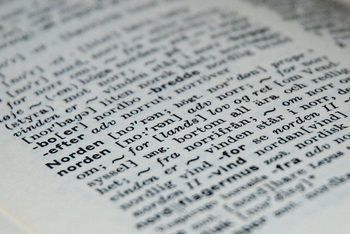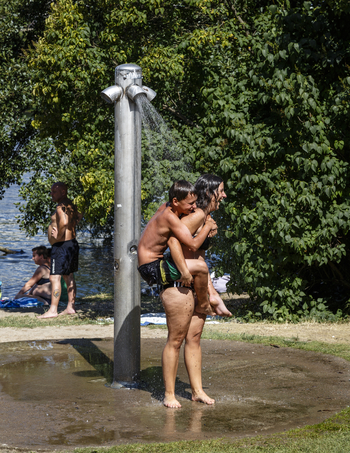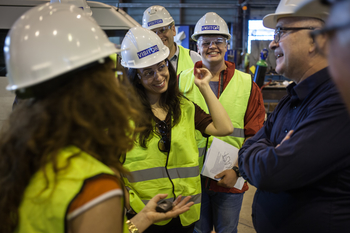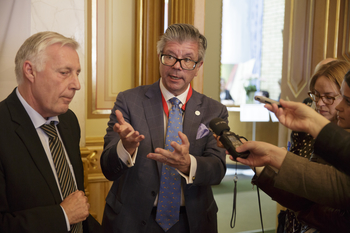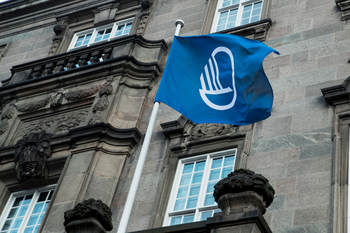Social policy and welfare
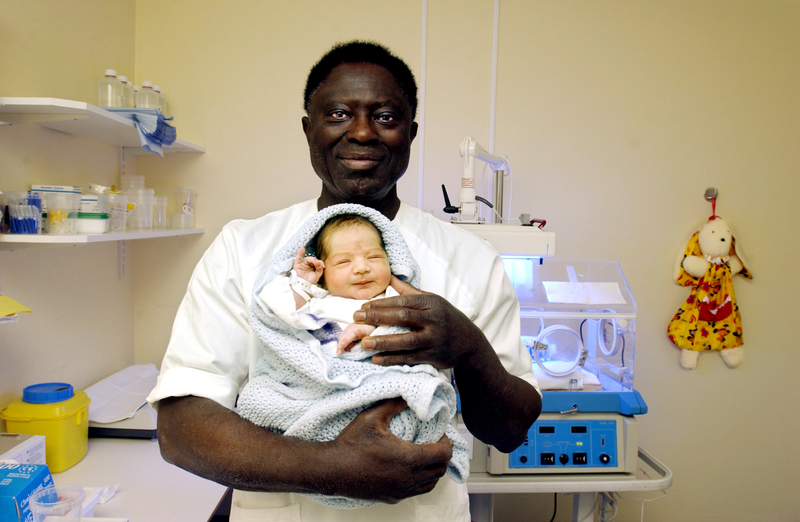
While the Reformation, people’s movements and the workers’ movement all brought about wide-ranging social change, it was only when the countries of the Region were rebuilding in the wake of World War II that the welfare state took shape and the Nordic model emerged. The aim of the model is to create space for high standards of living, combined with low levels of inequality – and all based on healthy national finances and spreading the benefits throughout the population.
The Nordic countries’ relatively small size and their pre-existing civil society associations and public bodies made it possible to establish flat hierarchies. Similarly, collective efforts to develop the welfare state were made possible by the Nordic principles of openness, transparency and freedom of expression. This openness has given rise to an unusually high level of trust in other people and in official agencies, which means people are willing to pay relatively high taxes in order to fund welfare provision. Nor is welfare provisions based on individual tax contributions. It is based on need and circumstances.
The Nordic model today
The modern Nordic model is characterised by a public sector that provides its citizens with welfare services and a social safety net. Specifically, this includes child benefits, parental leave, health services and hospitals, all of which are free at the point of delivery. The public sector also looks after sick and unemployed people and senior citizens. The basic values underpinning the model are compassion, tolerance and the conviction that all humans are of equal worth.
Nordic welfare is built on the idea of good health for all. Universal initiatives have enabled the Nordic countries to combat infectious diseases through vaccination and to make significant progress in combating lifestyle diseases via alcohol policy and smoking bans.
Socio-economic equality is a key characteristic of the Nordic countries and helps create safe and secure societies. This is reflected in the statistics, e.g. for better health and longer life expectancy.
Pressure on the model
The basic principle underpinning the welfare state is that citizens have the right to help. They are also expected to contribute to society. Popular participation in a wide range of different groups and associations enriches Nordic culture, strengthens democracy and contributes to higher quality of life. The Nordic countries top the international rankings for openness, trust and happiness.
In a society where the majority are relatively comfortable, people are less likely to feel excluded. That does not mean, however, that there is no poverty, health inequality or exclusion in the Region, and these issues are still on the political agenda. The ability to continually adapt to new challenges is a prerequisite for preserving the Nordic model and for coming up with innovative new welfare solutions.
